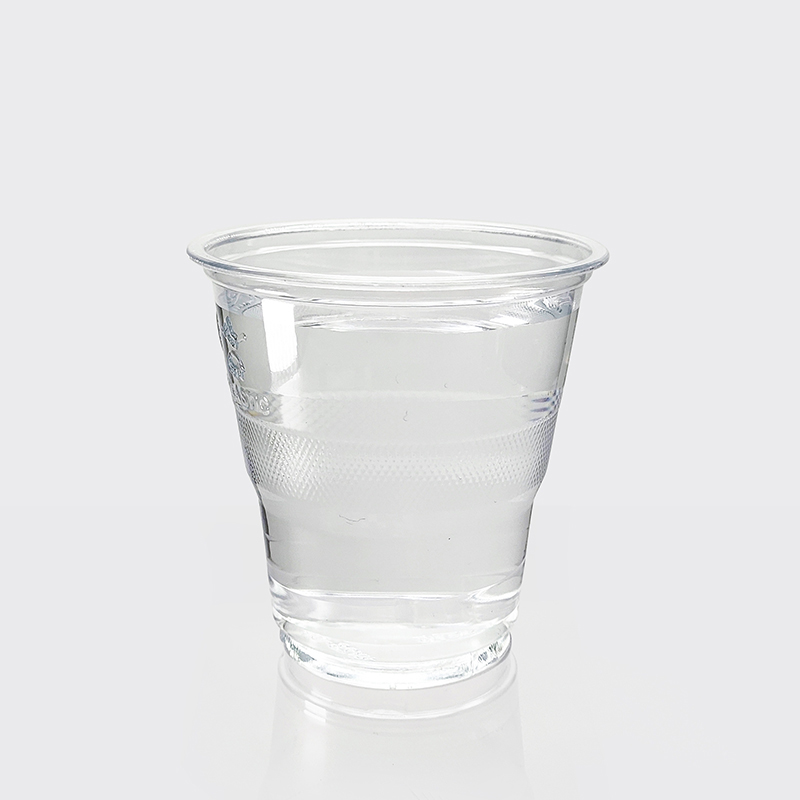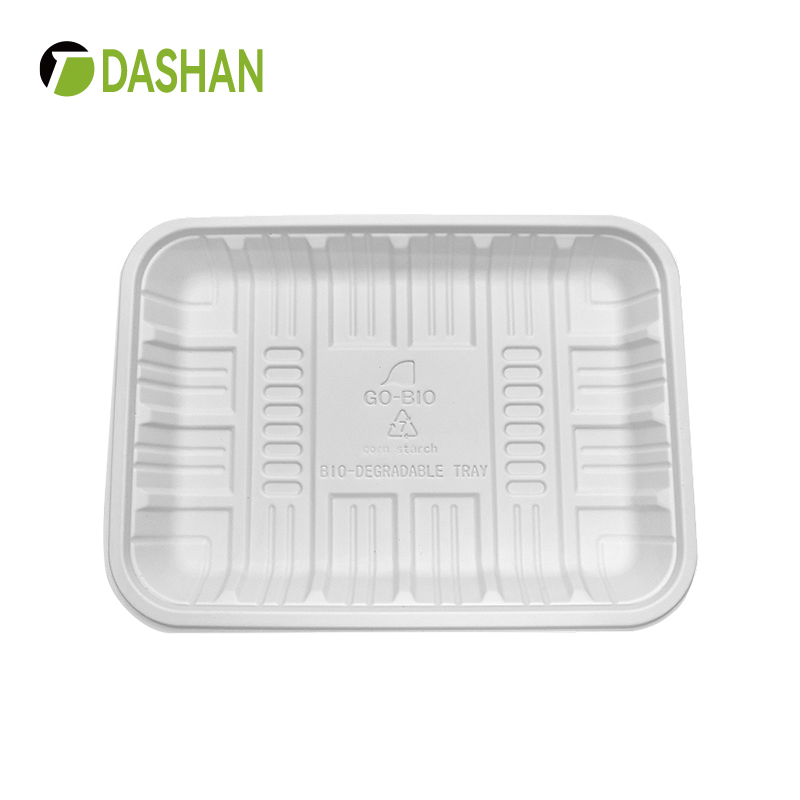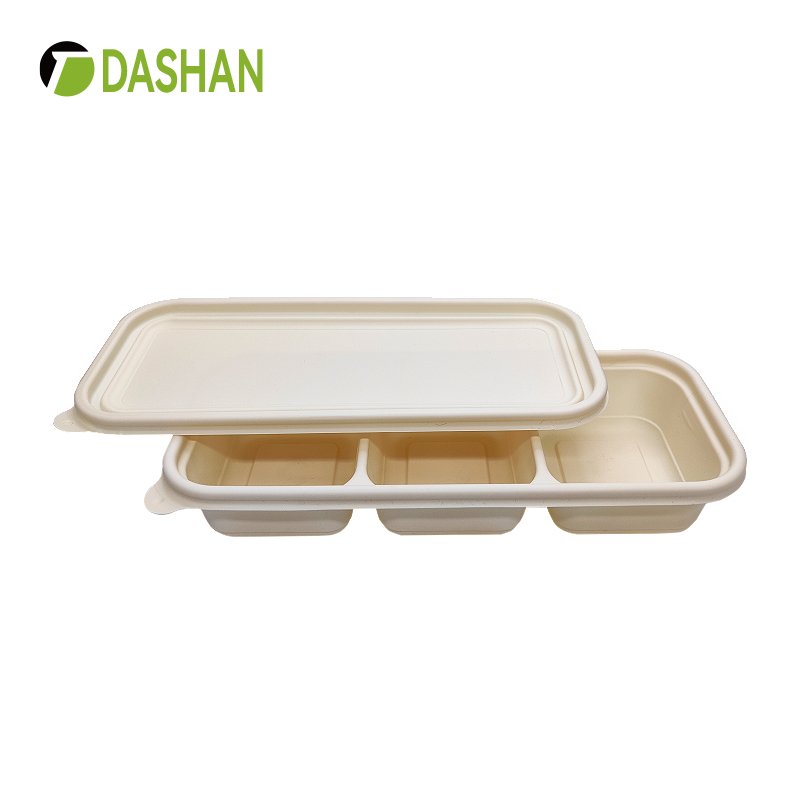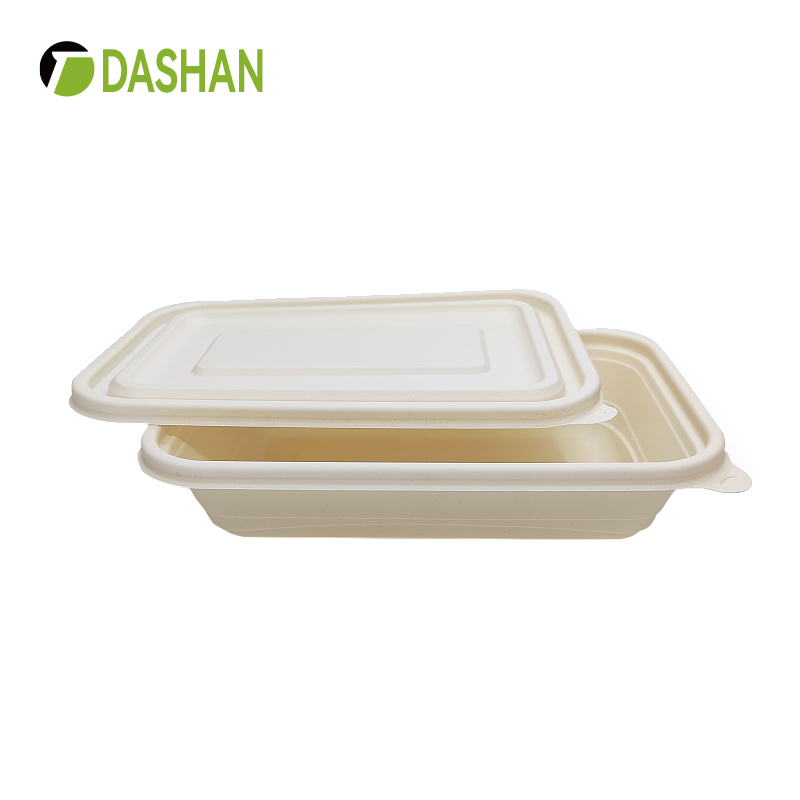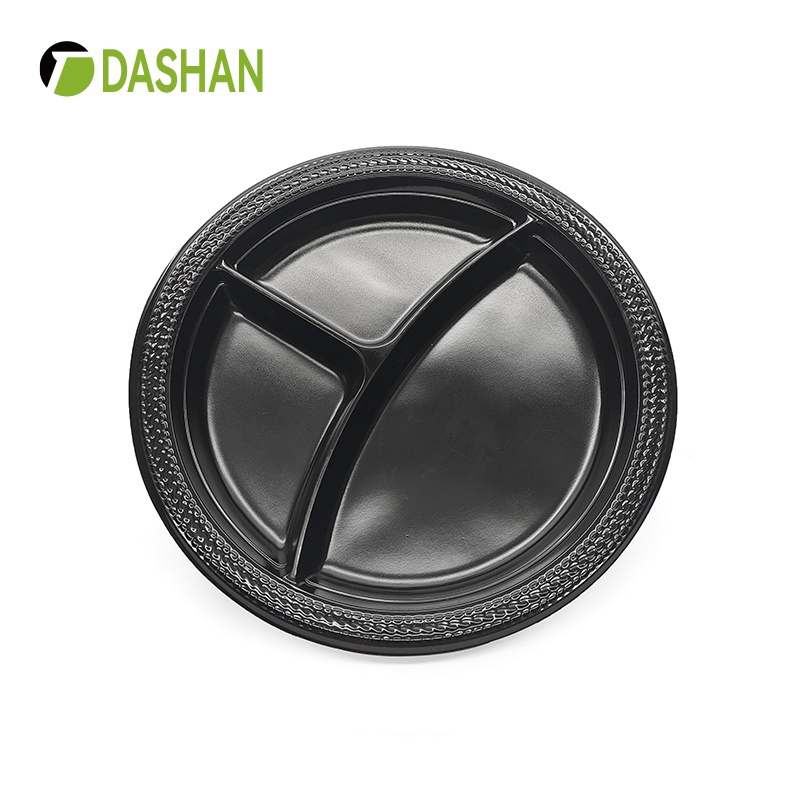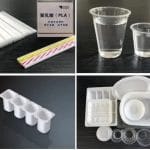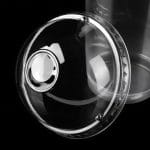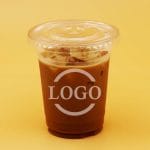Introduction
Plastic waste is one of the most pressing environmental challenges today. Despite massive production, only about 9% of plastic is recycled globally, according to a report by the OECD. The rest often ends up in landfills, oceans, or incinerators. This recycling shortfall not only strains ecosystems but also reflects missed economic opportunities. Enter RPET (Recycled Polyethylene Terephthalate): a high-performing, sustainable packaging material made from post-consumer plastics. RPET is rapidly becoming the cornerstone of circular packaging solutions worldwide.
What Is RPET and Why It Matters
Understanding RPET
RPET is made by recycling PET plastic—commonly used in water bottles and food packaging—into new, usable packaging forms. Unlike virgin plastics, RPET significantly reduces environmental impact while retaining strength, clarity, and versatility.
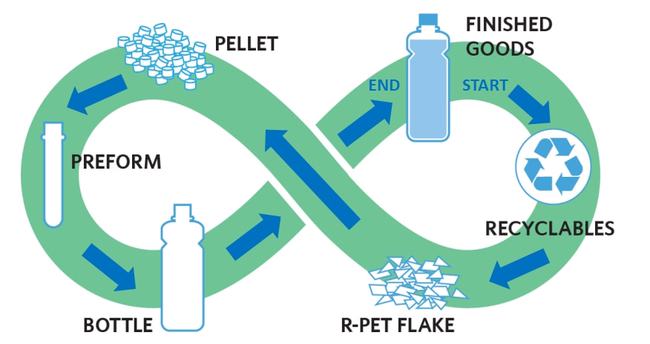
Environmental Benefits of RPET
- Uses up to 75% less energy than virgin plastic production
- Reduces greenhouse gas emissions by 65%
- Minimizes landfill and ocean waste
- Supports a circular economy by reusing materials
The 9% Recycling Gap—A Wake-up Call
A 2022 OECD report highlighted that just 9% of global plastic waste is effectively recycled. The remaining 91% either goes to landfills (50%), is incinerated (19%), or leaks into the environment (22%). The reasons include:
- Lack of efficient recycling infrastructure
- Mixed or contaminated plastic streams
- Insufficient market incentives for recycled materials
How RPET Helps Close the Gap
RPET directly addresses these issues by:
- Creating demand for recycled plastics
- Improving material traceability and quality
- Enabling manufacturers to meet government mandates
RPET in Action: Real-World Examples
| Brand/Client | Application | RPET Usage & Outcome |
|---|---|---|
| Coca-Cola Europe | Beverage bottles | 50% RPET, aiming for 100% recycled content |
| European Retailer | Food trays from Dashan | 18% cost savings and improved eco image |
| North American Brand | Packaged cold drinks | 20% customer approval increase from RPET use |
Xiamen Dashan’s Commitment to RPET
At Xiamen Dashan, we recognize RPET as a vital solution for sustainable packaging. Our RPET cups and RPET cup lids, fruit containers, and lunch boxes are crafted to meet both food safety and eco-design standards. With flexible customization and global logistics support, Dashan helps brands stay compliant with EU and US plastic regulations.
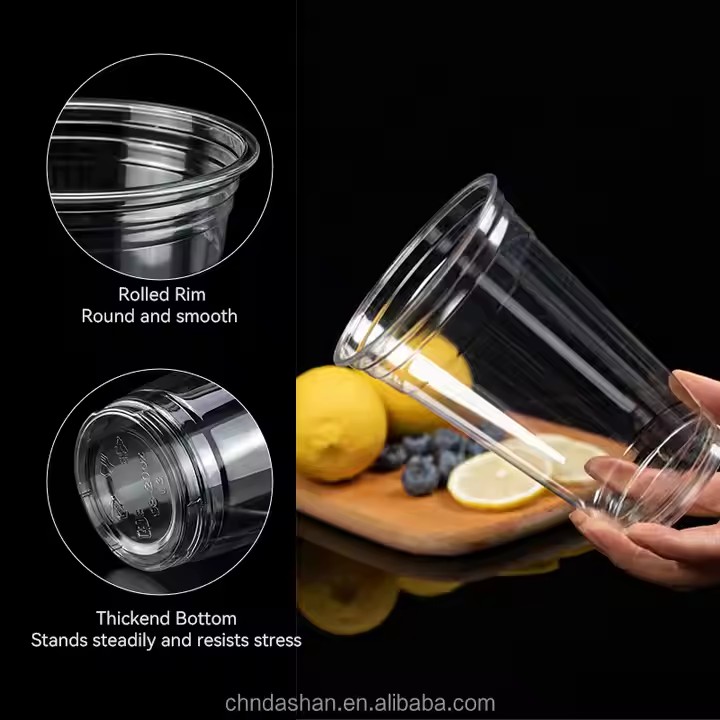
Expert Insight and Industry Trends
Expert Opinions
Dr. Jane Schneider, a packaging sustainability expert, notes: “RPET is no longer optional. As bans on virgin plastic intensify, RPET will be the legal and ethical default.”
Key Trends
- EU Directive 2019/904 mandates reduced single-use plastic and promotes recyclability
- California SB54 requires 65% of packaging to be recyclable or compostable by 2032
- Retailers demand supplier certification and recycled content verification
Scientific Data Supporting RPET
| Data Point | Source | Key Insight |
|---|---|---|
| RPET emits 79% fewer CO2 emissions | Ellen MacArthur Foundation | Lower environmental impact than virgin PET |
| Brands using RPET see 12% higher loyalty | McKinsey & Company | Sustainability boosts consumer perception |
| RPET recyclable up to 10 times | National Renewable Energy Laboratory | RPET maintains quality over multiple cycles |
- According to the Ellen MacArthur Foundation, RPET emits 79% fewer CO2 emissions than virgin PET
- A 2023 McKinsey study shows that brands using recycled packaging reported an average 12% increase in brand loyalty
- The National Renewable Energy Laboratory (NREL) found that RPET can be recycled up to 10 times without significant loss of quality
How to Implement RPET in Your Supply Chain
Step-by-Step Guide
- Audit your current packaging for recyclability
- Work with certified RPET suppliers (like Xiamen Dashan)
- Update labeling to highlight eco-friendly practices
- Engage your audience with transparency campaigns
Why Choose Xiamen Dashan
Xiamen Dashan is a trusted manufacturer of high-quality food plastic packaging, known for its innovative materials and flexible customization options. With RPET as one of our core materials, we help brands reduce waste, comply with global regulations, and stand out with clean, sustainable design. Our RPET cups and RPET cup lids are ideal for cold drinks, foodservice, and retail sectors aiming for both function and sustainability.Need to know more? Click here https://www.dashanpacking.com/
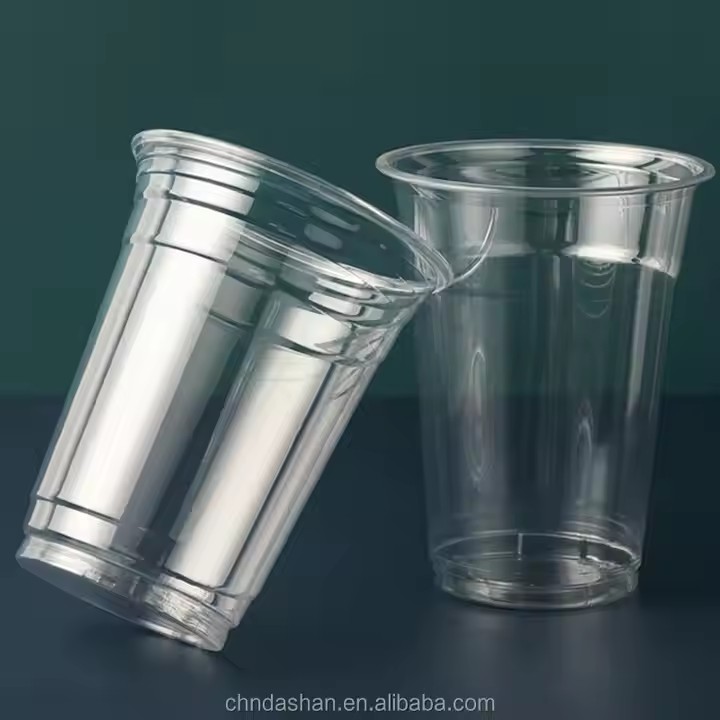
FAQ: Top 5 Google-Related Questions About RPET
1. Is RPET safe for food packaging?
Yes, RPET is FDA- and EU-approved for direct food contact.
2. What is the difference between PET and RPET?
PET is virgin plastic; RPET is made from recycled PET materials.
3. Can RPET be recycled again?
Yes, RPET can be recycled multiple times depending on purity and application.
4. Does RPET cost more than regular plastic?
Initially, it may cost slightly more, but long-term savings and compliance benefits outweigh the cost.
5. Is RPET accepted in all countries?
Most developed markets accept RPET; however, regulations vary by region. Always check local requirements.
Conclusion: Closing the Loop with RPET
Only 9% of plastic is currently recycled, but RPET is a proven material capable of reversing that trend. Backed by data, expert insight, and practical success stories, RPET is rapidly becoming the global standard in responsible packaging. Companies that embrace it today will lead tomorrow’s sustainable economy.
References
- OECD (2022), “Global Plastics Outlook”, https://www.oecd.org/environment/plastics/
- Ellen MacArthur Foundation, “New Plastics Economy”, https://www.ellenmacarthurfoundation.org/
- McKinsey & Company (2023), “The drive toward sustainability in packaging”, https://www.mckinsey.com/
- National Renewable Energy Laboratory (NREL), “Plastics Recycling Tech”, https://www.nrel.gov/
- California Legislative Information, SB-54, https://leginfo.legislature.ca.gov/
- European Commission, “Directive (EU) 2019/904”, https://eur-lex.europa.eu/
- Dr. Jane Schneider, “Future of Sustainable Packaging”, Packaging World, https://www.packworld.com/
- Coca-Cola Sustainability, https://www.coca-cola.com/sustainability
- Unilever Packaging Sustainability, https://www.unilever.com/planet-and-society/waste-free-world/
- Xiamen Dashan Official Website, https://www.dasanplastic.com/



